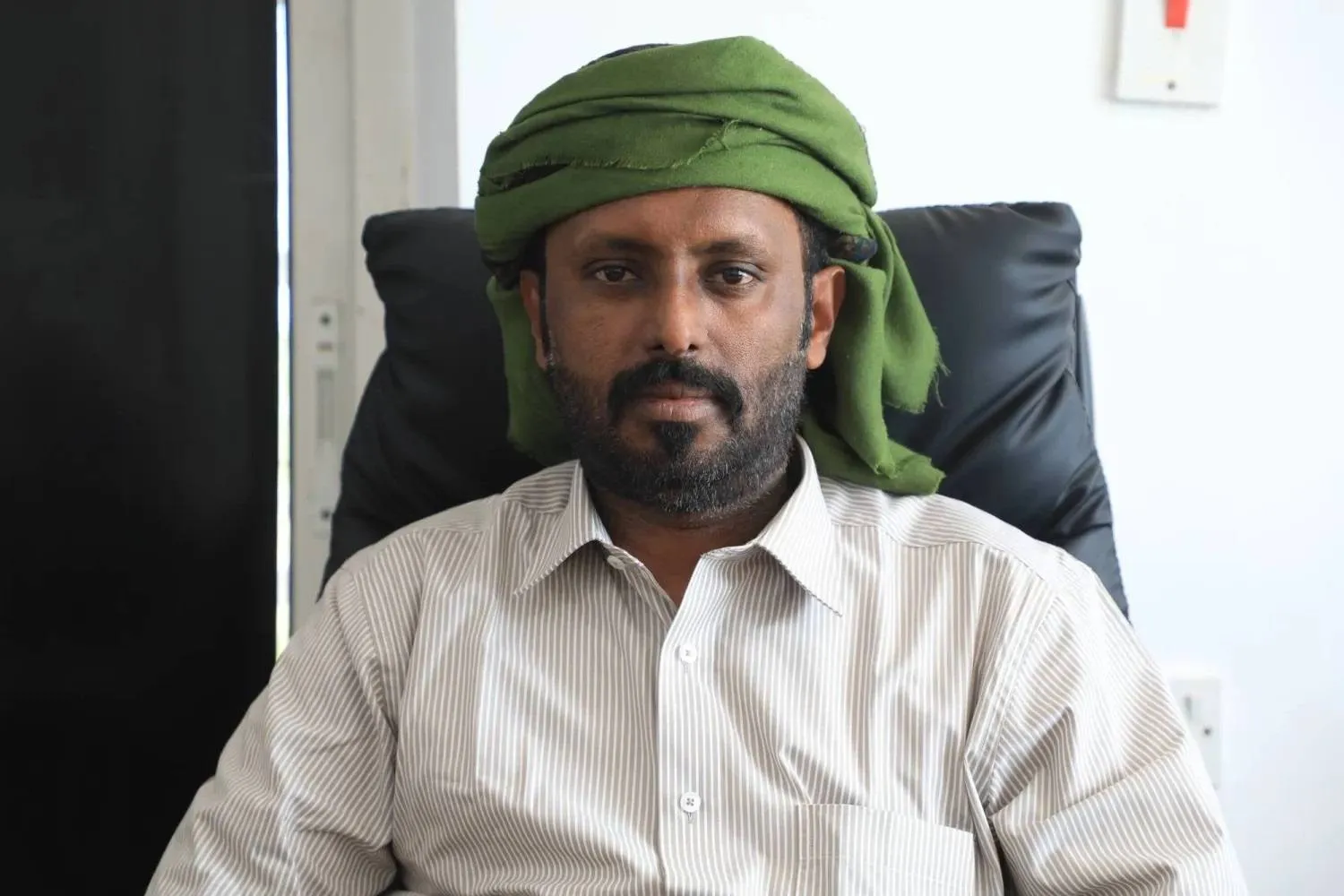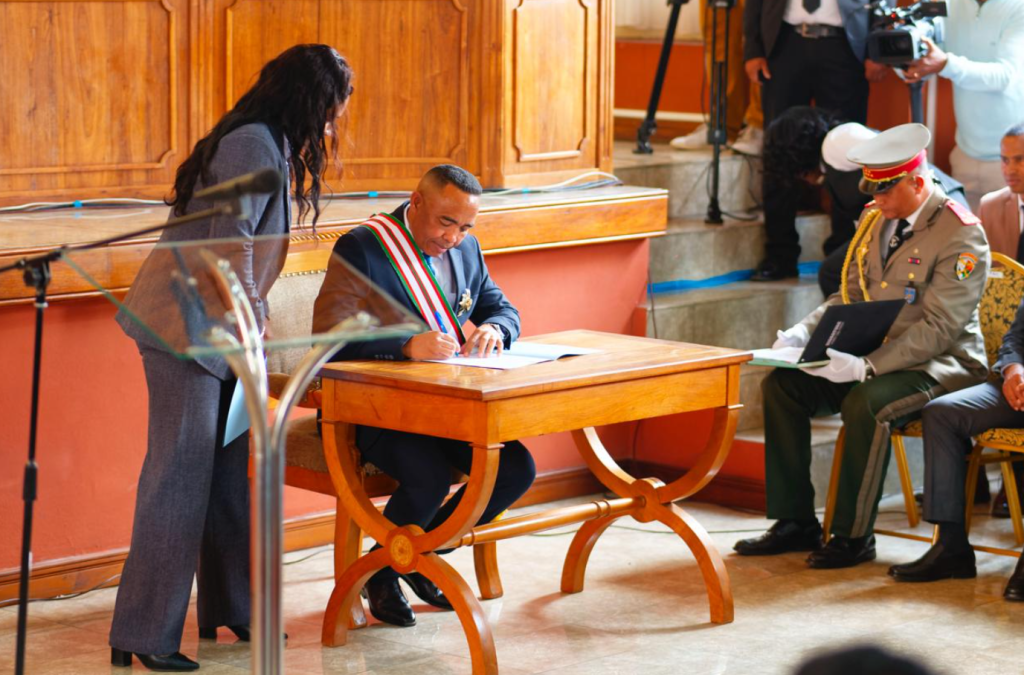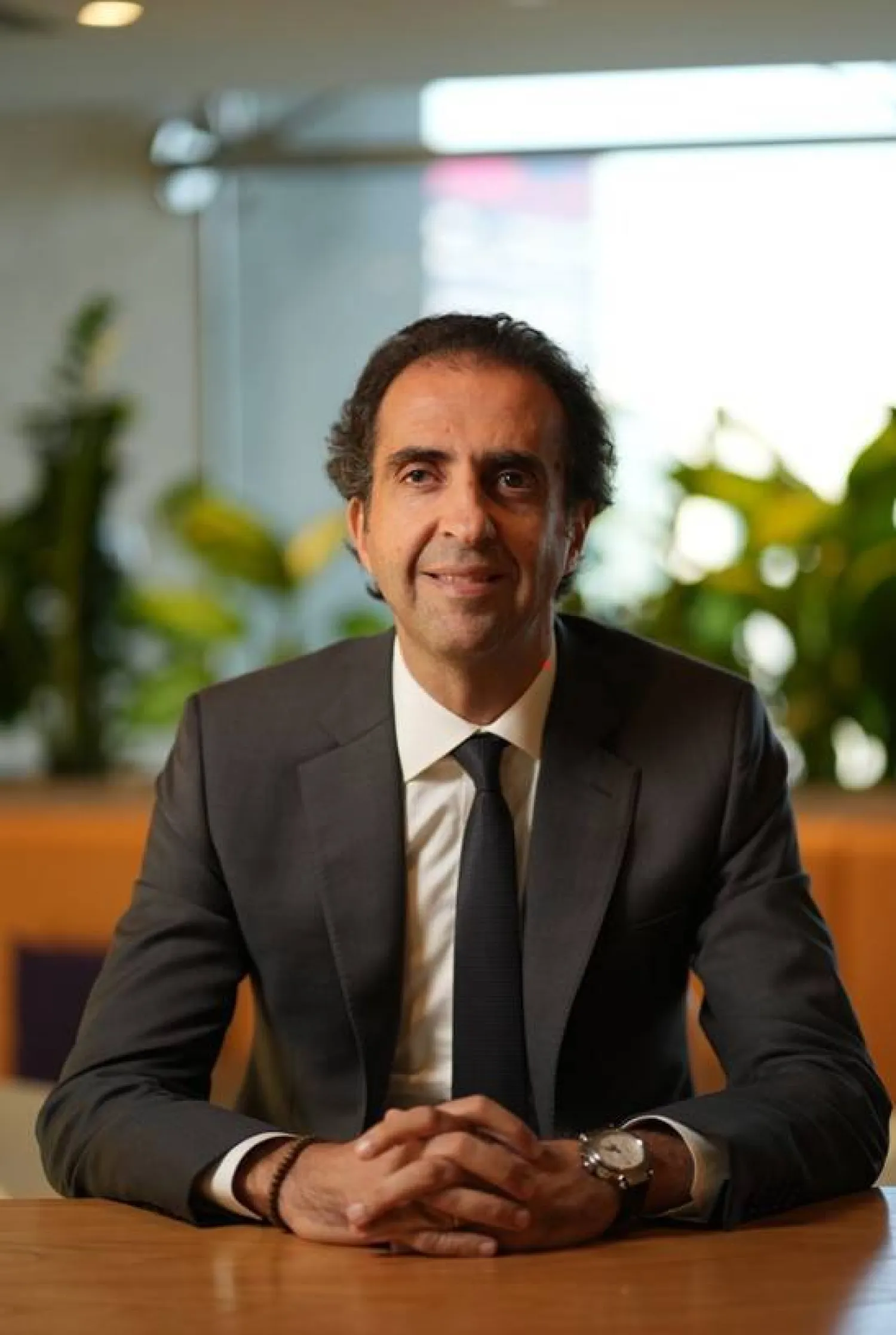Over the course of twelve years of ongoing conflict in Syria, the dossier of oil and energy has remained an enigmatic puzzle. Ever since oil and gas fields slipped from the grip of government forces loyal to President Bashar al-Assad at the close of 2012, control over these resources has shifted among various entities.
It wasn't until 2016 that the Syrian Democratic Forces (SDF), backed by an international coalition led by Washington, managed to wrest control of the oil-rich and natural gas-abundant towns and settlements of Shaddadi, Al-Hol, and Al-Jabsa, southeast of the city of Al-Hasakah, from the clutches of the terrorist group ISIS.
Later in 2017, ISIS terrorists were expelled by the SDF from oil fields in the eastern countryside of Deir Ezzor, located in eastern Syria. These fields used to yield a daily production of 120,000 barrels of heavy oil prior to the outbreak of the 2011 conflict.
Hassan Kocher, deputy co-chair of the Executive Council of the Autonomous Administration of North and East Syria (AANES), revealed to Asharq Al-Awsat that the administration invests in less than half of the wells and fields in its areas of influence, approximately 150,000 barrels per day, noting that production was around 385,000 barrels per day before the 2011 war.
Kocher refuted accusations directed at the AANES and US forces of plundering Syrian oil or monopolizing these resources, citing evidence of a portion of the production being sold to regime-affiliated traders at nominal prices compared to global rates.
Since the onset of the Syrian war, the regions encompassing oil fields and their wells have come under the control of various military factions.
Following 2014, especially in the outskirts of the cities of Deir Ezzor and Al-Hasakah, these fields faced military assaults from armed radical groups and extremist Islamic organizations.
These attacks significantly impacted these fields and wells, with some being destroyed and others subjected to vandalism, leading to a decline in production.
With limited resources, the AANES managed to harness a portion equivalent to less than half of the pre-2011 production from these wells to meet the energy and fuel needs of the region’s inhabitants, disclosed Kocher.
When asked about the status of oil and gas fields post their liberation of ISIS, Kocher said: “After SDF forces liberated fields in the outskirts of Deir Ezzor (2019) and Al-Hasakah (2016), they encountered logistical obstacles that hindered the production of many wells.”
“Some of the equipment was stolen, and another portion was deliberately vandalized, aiming to undermine the region’s economy,” added Kocher.
According to the deputy co-chair, remaining wells require maintenance, restoration, experts, technicians, and significant resources that the AANES does not possess.
“Additionally, the siege imposed on our areas from all sides has significantly contributed to the decline of the oil sector,” added Kocher.
As for revenues collected from oil and gas production under the AANES, Kocher said they flow back to the structures of the administration and local councils that oversee the regions, aimed at covering the expenses of the military and security forces safeguarding their geographical borders.
“These revenues also contribute to the overall budget, enabling the provision of essential services for the region’s residents and supporting the payment of salaries for workers and employees,” clarified Kocher.
Talking about the buying and selling operations conducted with Damascus and other areas of influence, Kocher said there are “no official contracts or established methods due to the fact that all borders are besieged and closed.”
“There is also no agreement for the sale and purchase of crude oil, neither with the Syrian government nor with other entities,” added Kocher.
“Here, it is crucial to emphasize the necessity of establishing a mechanism to regulate these operations, as it would be a positive development in serving all Syrians, regardless of their geographical location, as we are a part of Syria and these resources belong to all Syrians,” he affirmed.
Buying and selling operations are conducted through traders affiliated with the regime, and the quantities extracted nowadays barely suffice for the region’s population needs.
“Despite this, a portion of the extracted oil is sold through these traders to Damascus, while another portion is bought by traders for resale to other areas,” said Kocher, asserting that the AANES does not monopolize these resources, contrary to the claims of both the government and opposing factions.
“It has become widely known that the administration’s own regions are grappling with severe crises in the distribution of household gas and diesel fuel,” noted Kocher.
As for accusations of plundering Syrian oil leveled by the Syrian regime and international parties against the SDF and US forces, Kocher asserted that those allegations are utterly false.
“These claims are entirely baseless, both in their entirety and in their details,” said Kocher.
“The international coalition and US forces have not intervened in the oil issue.”
“Officially, they state that their tasks are limited to combating and defeating the terrorist organization ISIS and eliminating its sleeper cells in eastern Syria.”
Regarding the AANES presenting the US-led international coalition with a project for building an oil refinery, Kocher admits the administration had submitted such a proposal.
“Given that our regions are surrounded on all sides and lack official crossings, these efforts have not succeeded in establishing such a facility,” revealed Kocher.
“To this day, oil refining continues to be carried out using primitive methods that negatively impact environmental safety, as well as the overall economic cycle of northeastern Syria due to the absence of oil investments,” he added.










